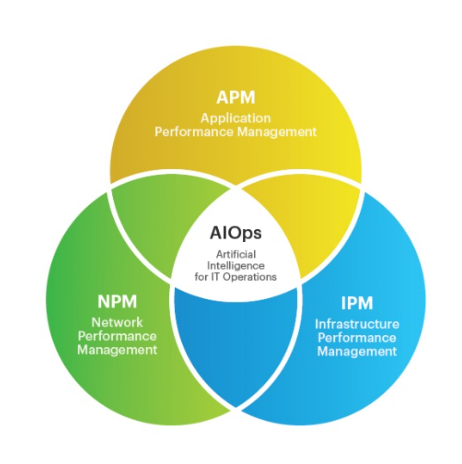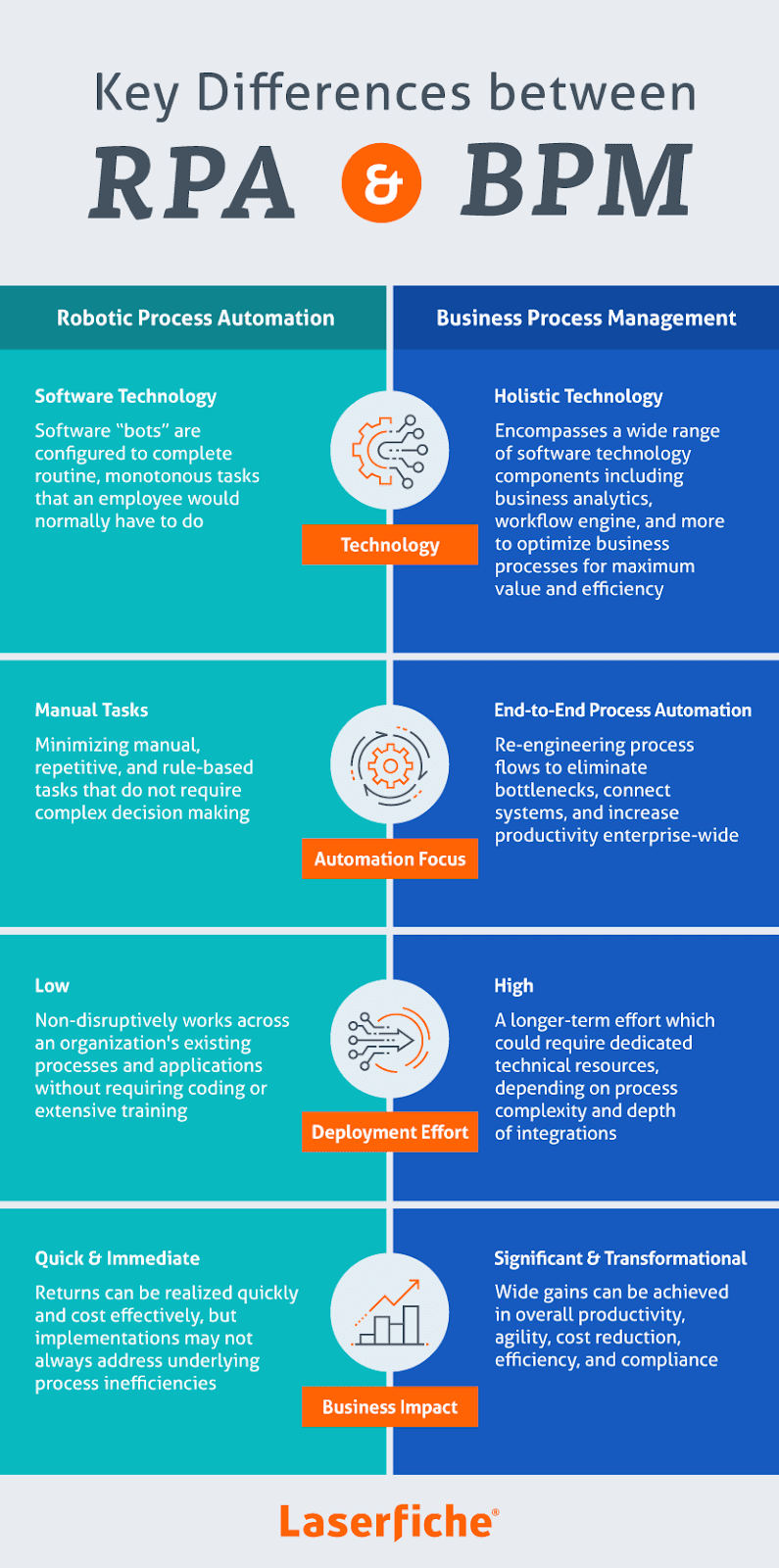
International Data Center Day 2023 – Inspiring Careers and Innovation
International Data Center Day isn’t celebrated only to raise awareness, it’s meant to inspire people to get involved in a diverse, vibrant industry. What’s inspiring about data centers? They are where game-changing technologies are enabled, businesses thrive, the online world connects and career opportunities abound.
It’s safe to say that data centers are a growth industry. IT spending on data center systems worldwide was $140 billion in 2012, and it’s expected to reach $222 billion in 2023.1 Not a surprising trend, given the amount of data generated by research, enterprises and social media. In virtually every industry, deriving value from all that data requires 100% availability, secure storage, multicloud workload distribution and reliable networking among employees, partners and customers.
That’s where data centers come in. To focus discussion, let’s highlight three trends that are already impacting or will impact data centers: AI/ML, automation and energy-saving strategies.
AI: Breaking New Ground
Generative AI tools such as ChatGPT are making headlines because they can “create,” not just point to, content. Deep learning algorithms train these tools by analyzing online unstructured and structured data scraped from the internet. As you might have discovered by using ChatGPT, what it can generate is remarkable: art, poetry, white papers, essays, marketing materials, novels, computer code and more. For the record, it did not write this blog!
Current AI use cases focus extensively on pattern recognition. How does that apply to you? Think about smart phones that use facial recognition to unlock or make payments. Or consider how AI is used to detect and instantly respond to cyberattacks or confirm that an IoT machine is in fact trusted in a zero-trust cybersecurity implementation.
The implications for data centers are huge. AI requires high-performance computing (HPC) power – a need that will increase over time as AI applications flourish. One industry watcher predicts that AI/ML might need three times the power density of conventional data processing, necessitating a shift in data center architecture.2
How cool would it be to be on a team that provides the services and solutions helping everyday digital tools work and disruptive innovations change the world?

AI-Driven Data Center Automation
Automation, a core digital transformation strategy, is predicted to grow at a compound annual growth rate of 13.5% between 2022 and 2030.3 AI and ML are used in many data center automation efforts, including the following:
- Artificial intelligence for IT operations (AIOps) – AIOps applies AI/ML capabilities and big data analytics to improve workflows, typically by aggregating data center operational data, sifting through the data to home in on availability and performance metrics, and providing diagnostic reports or automated problem solving. The vision for AIOps is a fully automated system that takes care of routine tasks quickly and efficiently.
- Asset performance management (APM) – APM is all about enabling data center network and compute assets to run reliably and, ideally, to extend asset life. APM helps accomplish this with software and services that monitor equipment performance data and identify out-of-normal configurations or events. Timely intervention and/or maintenance prevents unplanned, costly downtime.
- Robotic process automation (RPA) – A form of AI, RPA automates tasks that are manual and high-volume. Compared to traditional business process management (BPM), the use of RPA takes pressure off IT personnel who are dealing with data overload. And it helps prevent human error that can cause network issues. RPA makes data centers smarter in areas such as maintenance, capacity management and energy efficiency.

Data Center Energy Savings: New and Proven Strategies
In July 2022, the heatwave in the UK forced some data centers to shut down because cooling systems failed.4 Climate change and sustainability initiatives are prompting data center managers to rethink cooling and energy-saving strategies, especially as racks get denser and power requirements increase. In many situations, AI helps data center managers plan for the future.
One simple but effective strategy is operating warmer data centers. Gone is the era of data centers being run like high-tech food storage facilities. IT equipment can operate reliably at 80°F (and higher), as opposed to an upper limit of 77°F, the previous ASHRE (American Society of Heating, Refrigerating and Air-Conditioning Engineers) guideline specification.5 As CoreSite Senior Director Christopher Lettiere explained in a previous post, raising the temperature for systems that cool a data center even one degree can result in significant savings.
Other energy-saving strategies involve liquid cooling, which is similar to air conditioning and better in HPC environments, as well as geothermal, evaporative and economization (airside and waterside). You can learn about and compare cooling methods in this article from TechTarget. You’ll find that not all cooling methods work everywhere, but alternative strategies can spur discussion and lead to energy-saving decisions, reached through collaboration between data center providers and clients.
Hybrid IT: An Enduring Trend
Data centers will remain the key component of hybrid IT environments. Colocation data centers continue to increase their role in hybrid IT, which makes sense when you consider the advantages of allowing experts to operate data centers, uptime SLAs, security, compliance, scalability, public cloud/hybrid cloud options and interconnection capabilities.
International Data Center Day, powered by 7x24 Exchange International, reminds us to think about where the industry is headed and the best ways to support hybrid IT strategies, business goals and sustainability. And career opportunities? Abundant!









